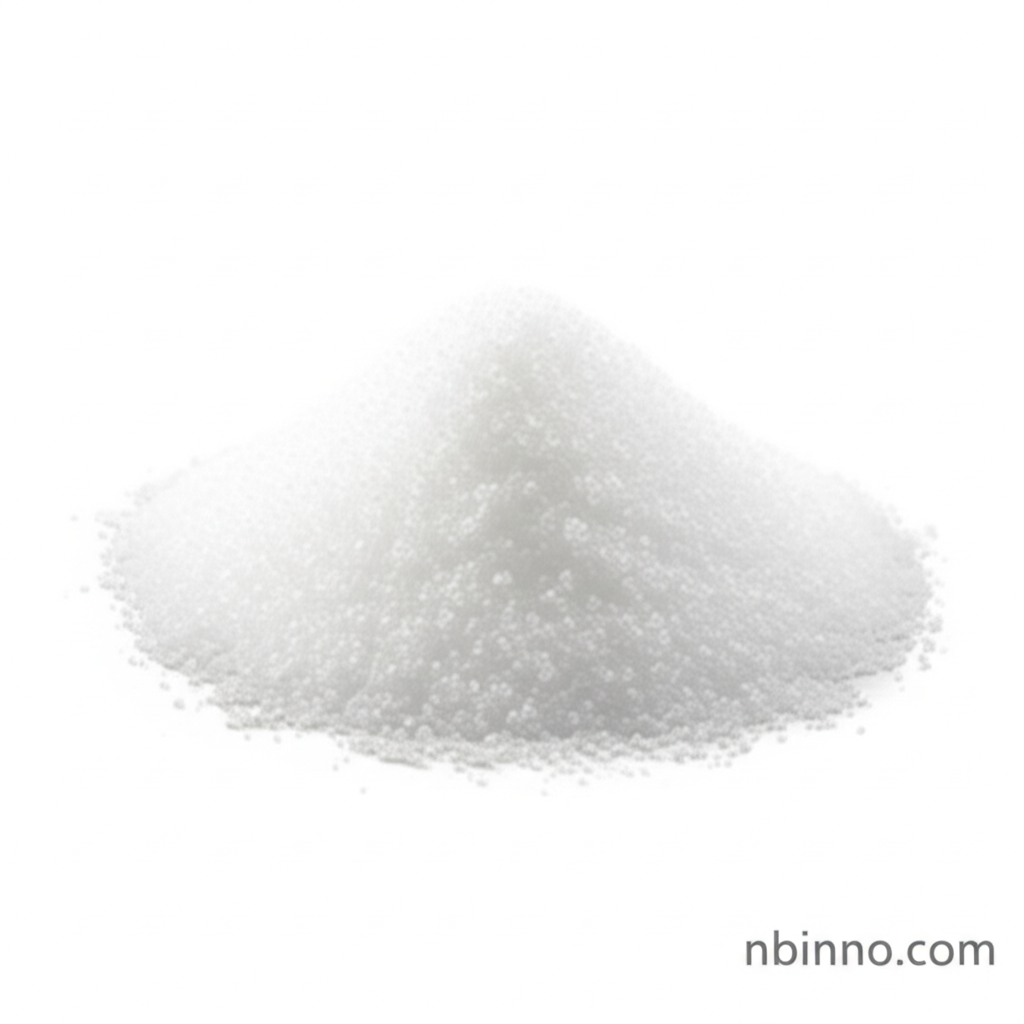Methyl 3-(4-methoxyphenyl)oxirane-2-carboxylate: Synthesis, Properties, and Applications
Discover the chemical structure, synthesis, and diverse applications of this key organic synthesis building block.
Get a Quote & SampleProduct Core Value

Methyl 3-(4-methoxyphenyl)oxirane-2-carboxylate
This compound, identified by CAS 42245-42-1, is a vital intermediate in the realm of organic synthesis. Its unique molecular structure, featuring an epoxide ring and a methoxyphenyl group, makes it instrumental for crafting complex organic molecules, serving as a foundational component in advanced chemical manufacturing processes.
- Explore the detailed synthesis methods for Methyl 3-(4-methoxyphenyl)oxirane-2-carboxylate to understand its production intricacies.
- Uncover the essential properties and spectroscopic data of CAS 42245-42-1 to ensure quality and application suitability.
- Investigate the diverse applications of methoxyphenyl glycidate in various chemical industries, highlighting its versatility.
- Learn about the safety protocols and handling information for epoxide chemical intermediates to ensure safe laboratory practices.
Advantages
Versatile Building Block
Leverage this compound as a critical component in your organic synthesis projects, facilitating the creation of novel and complex molecular structures with ease.
High Purity
Benefit from the high purity standards of CAS 42245-42-1, ensuring reliable and reproducible results in your research and development endeavors.
Enabling Advanced Materials
Utilize the unique properties of methoxyphenyl glycidate for the development of advanced electronic materials and specialized chemical formulations.
Key Applications
Organic Synthesis
As a key organic synthesis building block, this compound is crucial for constructing intricate molecular architectures.
Pharmaceutical Intermediates
Its structure makes it an ideal precursor for a range of pharmaceutical compounds, aiding in drug discovery and development.
Electronic Materials
The compound finds utility in the electronics industry, particularly in the development of photoresist chemicals and other specialized materials.
Fine Chemical Manufacturing
Its reactivity and structural features make it valuable in the broader fine chemical manufacturing sector.
